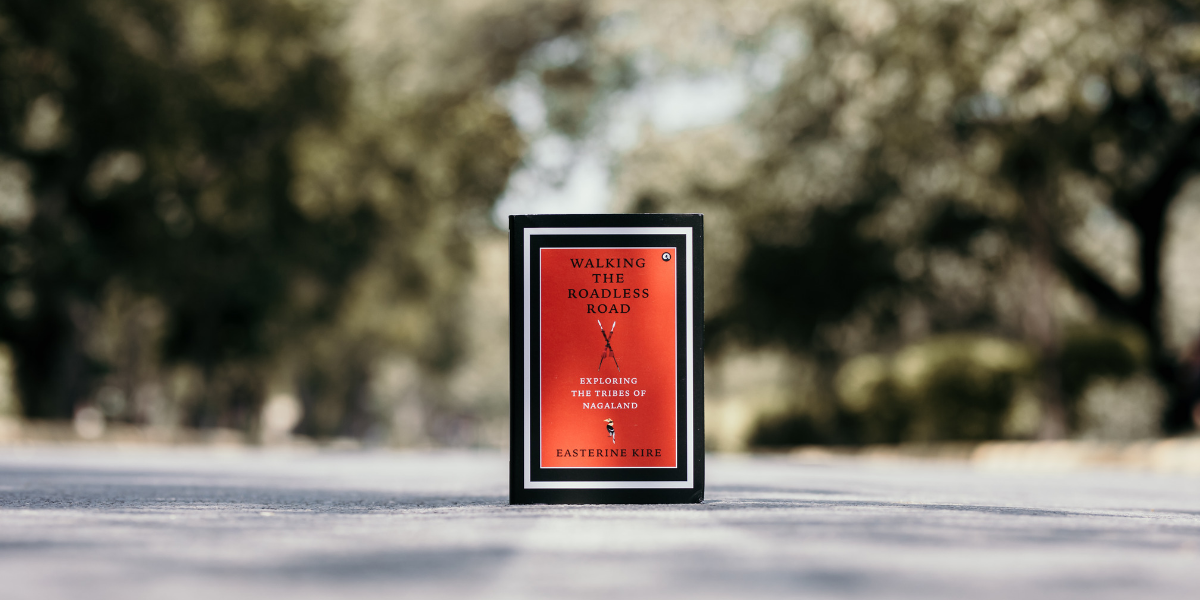Walking the Roadless Road: Exploring the Tribes of Nagaland – An Excerpt
Walking the Roadless Road: Exploring the Tribes of Nagaland is a comprehensive history of the Naga tribes who live within the borders of Nagaland. Starting with an overview of migration narratives—both mythical and historical—of the various tribes, Kire then delves deep into the origins of the Nagas, their early history as forest-dwellers, how the discrete Naga territories were formed, the written and unwritten history of the villages, the various struggles that have convulsed Naga society down the ages, as well as the sweeping changes that have transformed the community in the twenty-first century.
The book also brings to light the question of the Nagas’ origins and ancestry, which has been an issue of veritable contestation among historians and, to this day, it remains unclear where the different Naga groups came from and in what ways they are related to each other. The author explores the society and culture of the sixteen Naga tribes—Angami, Ao, Chang, Chakhesang (made up of the Chokri and Kuzhami), Dimasa Kachari, Khiamniungan, Konyak, Kuki, Lotha, Phom, Pochury, Rengma, Sangtam, Sümi, Yimchunger, and Zeliang. The book also delves into the history of the two world wars and the two key battles in Naga history—the Battle of Khonoma (1879) and the Battle of Kohima (1944). It looks at the political, economic and sociological history of the Nagas and the troubled political relationship between India and the underground Naga leaders from the nineteenth century till statehood.
Drawing on oral narratives and current scholarship, Walking the Roadless Road is an engrossing account of one of the country’s most distinctive communities.
Book excerpt:
THE BATTLE OF KOHIMA
The town of Kohima in the 1930s and 1940s was originally an outpost of the British, consisting of government offices and a few residential buildings.
When the missionaries, businessmen and administrators from British India came into the picture, it grew into the small township that the locals called Tephriera, meaning Indian village.
In the early 1940s, there were just two cars in Kohima. As a matter of fact, the population was so small that there were only two schools: an Assamese school and the Mission school, which ran classes I to VI. Those who wanted to study further travelled to Shillong to complete their matriculation.
Development came rapidly with the building of roads. A large number of new roads were built during the war to enable communication between the townships and villages, keeping in mind the eventuality of a Japanese invasion.
It is hard to imagine present-day Kohima as the site of the most decisive battlefield of the Burma Campaign. Never as famous as the storming of Normandy or the Siege of Tobruk, the Battle of Kohima came to be called the ‘Forgotten Battle’ and its veterans the ‘Forgotten Heroes’. This was the first British victory over the Japanese, and the first stop on their journey eastwards towards Japan’s final surrender. War historians who became aware of the Battle of Kohima’s significance have called it the ‘Stalingrad of the East’. It was fought from 4 April to 22 June 1944. For the first time in their lives, the Nagas saw aircraft and witnessed the immensity of modern warfare.
In 2013, the Battle of Kohima–Imphal was voted ‘Britain’s greatest battle’. A contest organized amongst British historians by the National Army Museum of Britain took into consideration the battles ‘in terms of their historical impact and the tactics employed’. According to Copping, ‘the battles of Imphal and Kohima saw the British and Indian forces, under the overall command of Lieutenant-General William Slim, repel the Japanese invasion of India and helped turn the tide of the war in the far east’.
You can get the title here.

